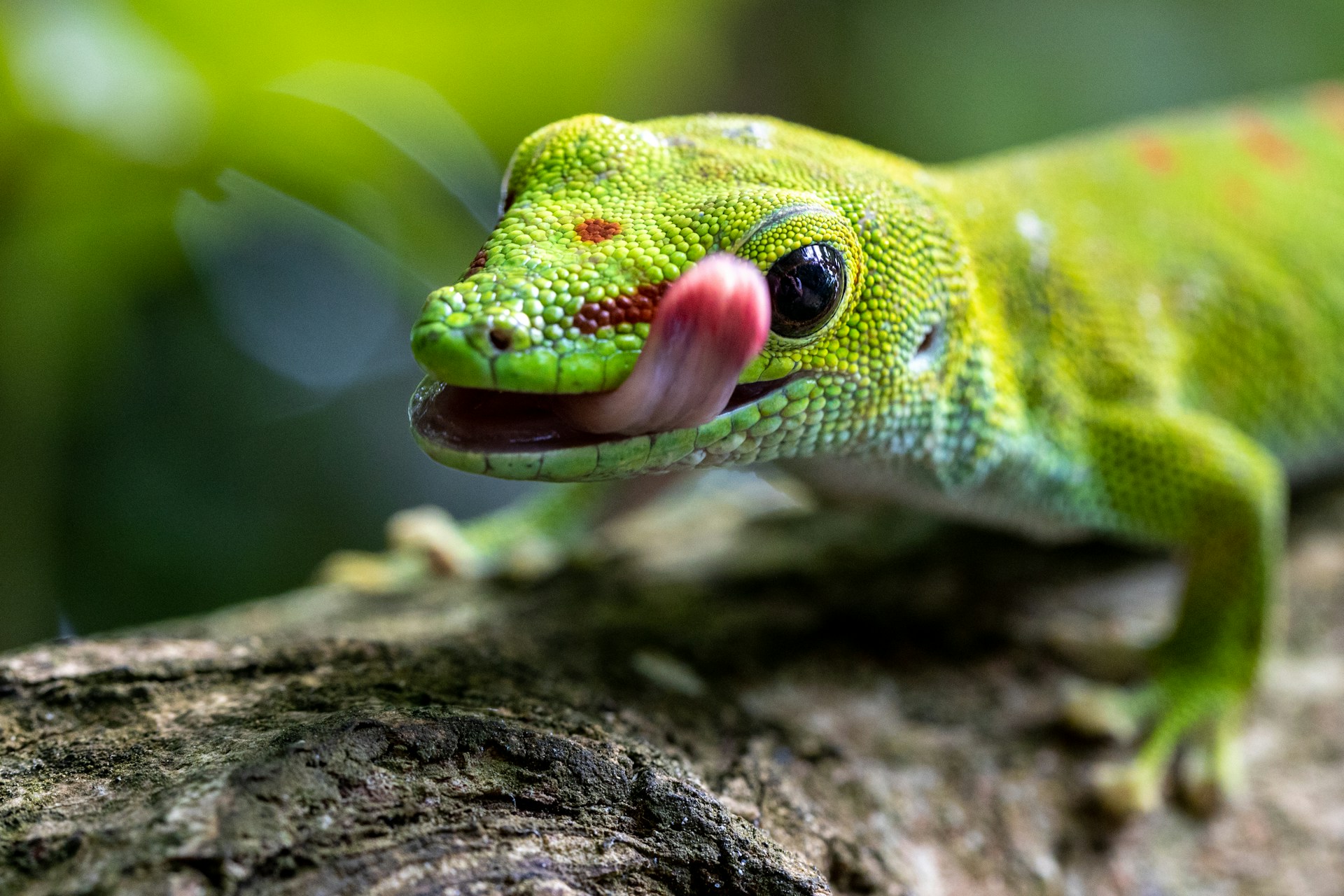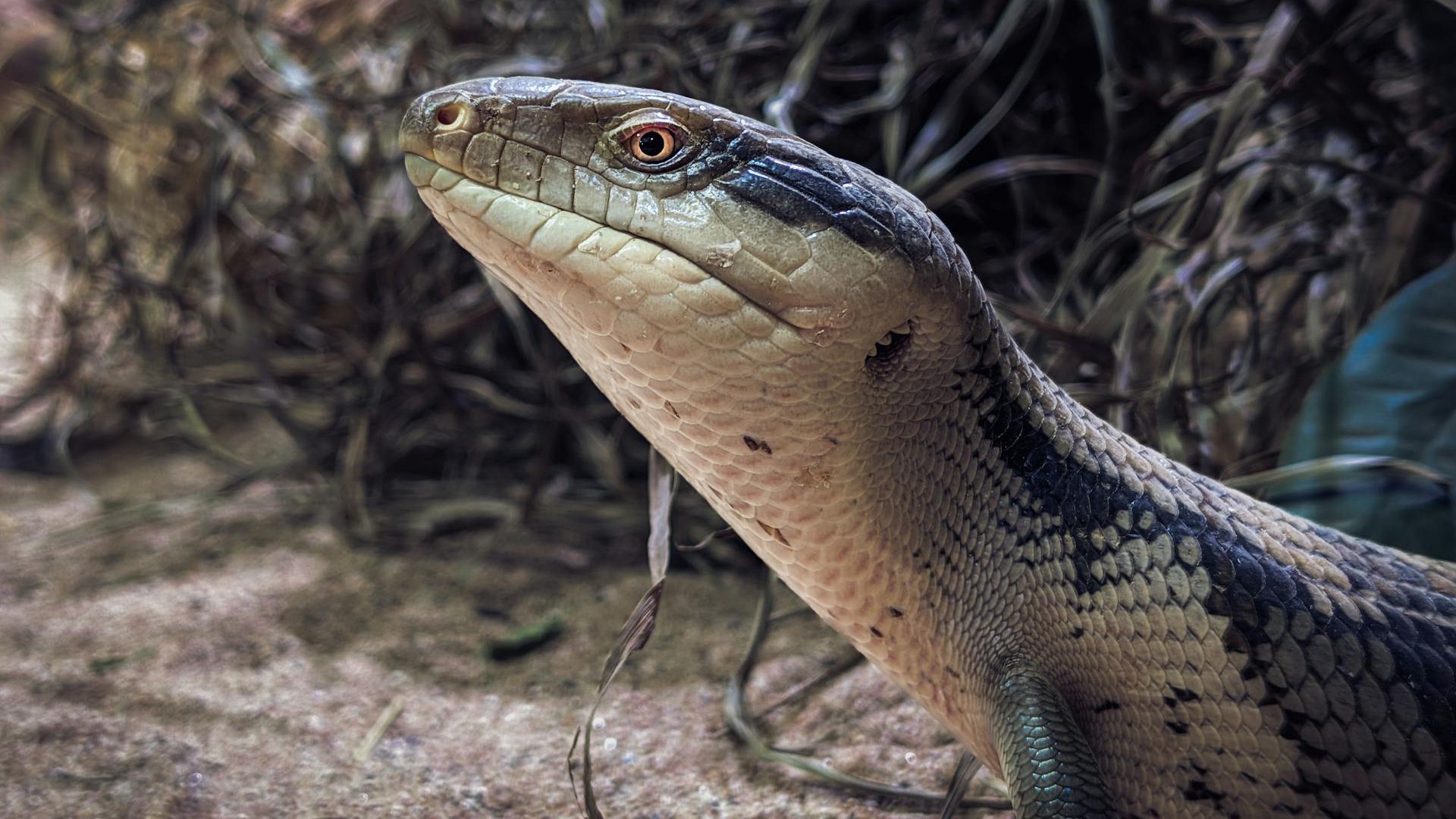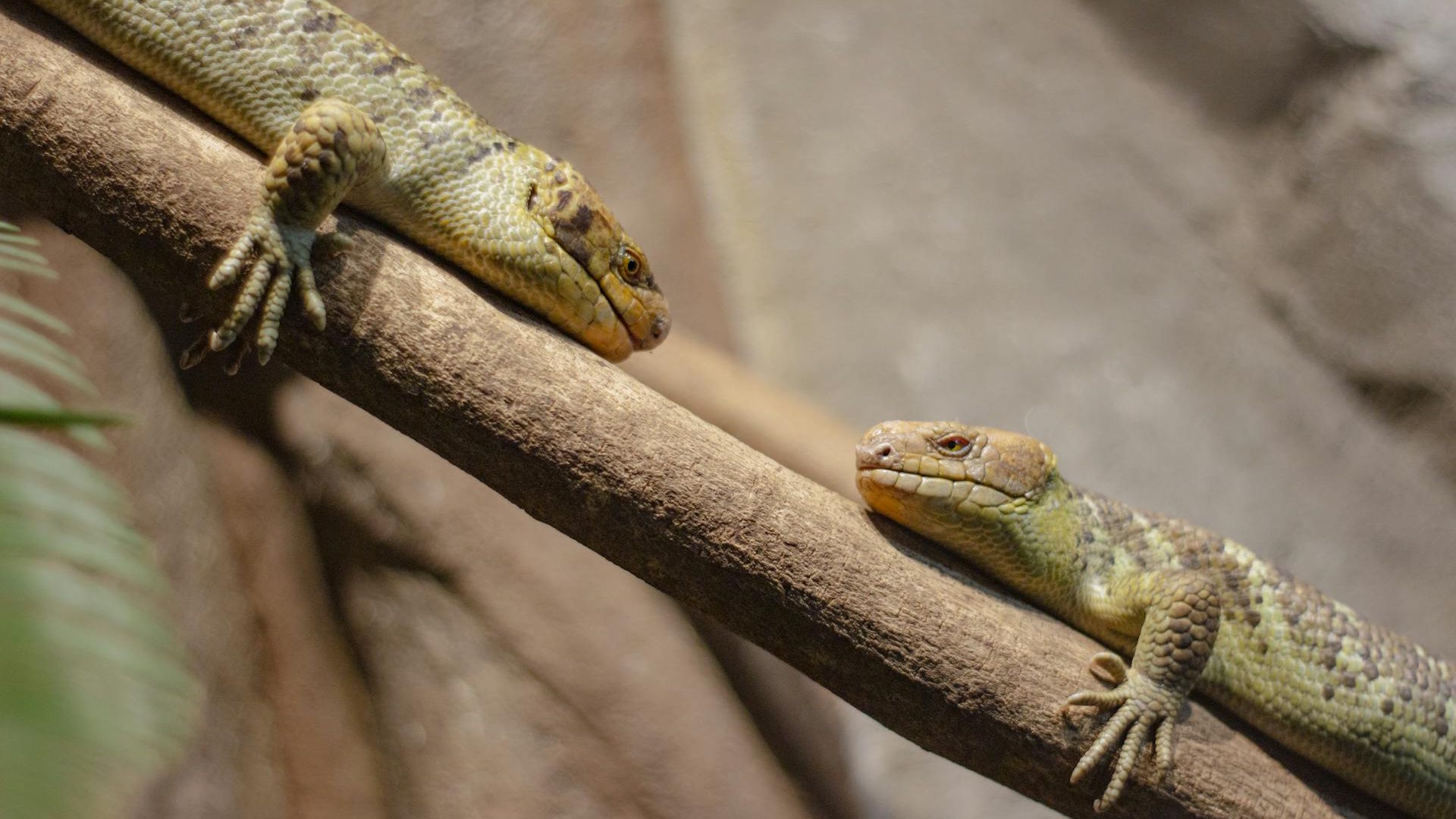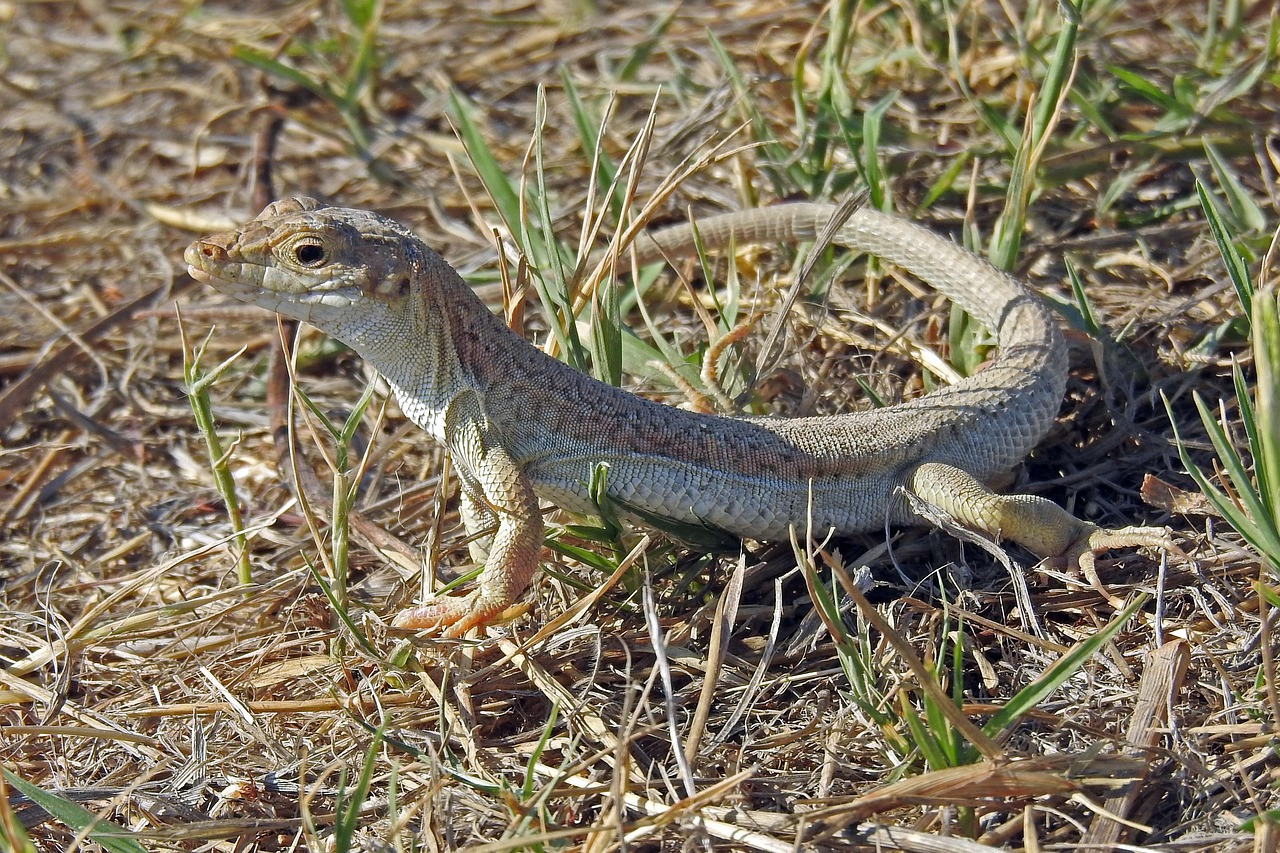Lizards have clawed their way into American hearts, becoming increasingly popular as pets across the United States. These fascinating reptiles offer a unique alternative to traditional furry companions, appealing to those seeking low-maintenance but visually striking and behaviorally interesting pets. From the beginner-friendly bearded dragon to the exotic tokay gecko, the variety of lizard species available to pet owners today is remarkable. Their diverse appearances, behaviors, and care requirements mean there’s likely a perfect lizard match for almost any interested owner. This article explores the most popular lizard pets in America, examining what makes each species appealing and what potential owners should know before bringing these scaly friends home.
Bearded Dragons: America’s Favorite Lizard

Bearded dragons have secured the top spot as America’s most beloved lizard pet, and for good reason. These friendly reptiles from Australia are known for their sociable nature and distinctive appearance, featuring spiny “beards” that can puff out when they’re excited or defensive. Bearded dragons typically grow to 16-24 inches in length, making them substantial enough to handle but not overwhelmingly large for most homes. Their popularity stems from their relatively docile temperament—many owners report that their “beardies” enjoy being handled and even seem to recognize their caretakers. Additionally, their omnivorous diet and relatively straightforward care requirements make them an excellent choice for first-time reptile owners.
Leopard Geckos: The Low-Maintenance Option
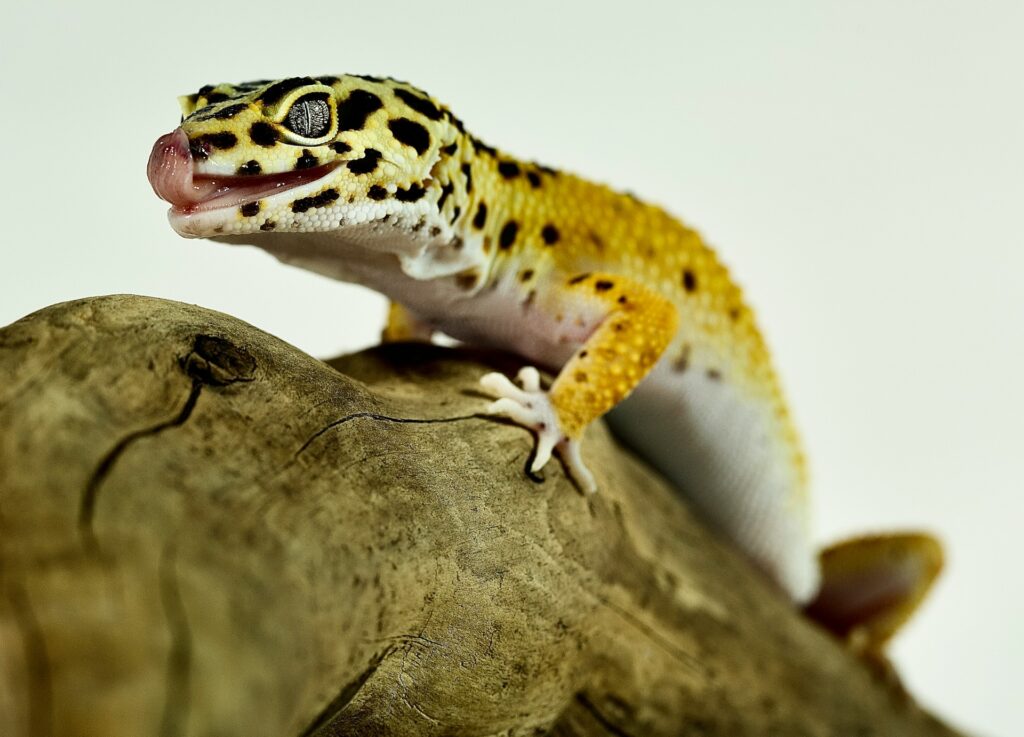
Leopard geckos have earned their place as the second most popular lizard pet due to their manageable size and minimal care requirements. Native to desert regions of Afghanistan, Pakistan, and India, these geckos typically reach only 8-10 inches in length, making them perfect for keepers with limited space. Unlike many other reptiles, leopard geckos don’t require special UVB lighting, which significantly reduces setup costs. Their docile nature and relatively long lifespan of 15-20 years in captivity allow owners to form lasting bonds with these charismatic creatures. Leopard geckos are also available in numerous color morphs (called “morphs” in the reptile hobby), from wild-type yellows and browns to vibrant oranges, whites, and patterns, appealing to collectors and casual pet owners alike.
Crested Geckos: The Comeback Kid

Crested geckos have one of the most remarkable stories in the reptile world, having been thought extinct until their rediscovery in 1994 on the island of New Caledonia. These charming lizards have quickly become a staple in the American pet trade, prized for their distinctive appearance featuring a “crest” of skin that runs from eye to eye over their head, resembling eyelashes. They require no supplemental heating in most home environments, making them energy-efficient pets that thrive at room temperature. Crested geckos are arboreal (tree-dwelling), entertaining owners with their impressive jumping abilities and vertical climbing skills. Their fruit-based diet is simple to prepare, with commercial crested gecko food widely available, eliminating the need to feed live insects that some owners find unappealing.
Blue-Tongued Skinks: Friendly Giants

Blue-tongued skinks have surged in popularity as pet owners discover their remarkably docile nature and impressive size. These Australian natives typically grow to 18-24 inches in length, with robust bodies that make them substantial and satisfying to handle. As their name suggests, blue-tongued skinks possess a vibrant blue tongue which they display when threatened—a behavior that rarely occurs with well-socialized pets but remains a fascinating characteristic. These omnivorous lizards consume a diverse diet including vegetables, fruits, and protein sources, making meal preparation similar to feeding a small dog or cat. Blue-tongued skinks are particularly appreciated by reptile enthusiasts who prefer pets that can be regularly handled, as they typically show little stress when gently picked up and often become quite tame over time.
Green Anoles: The Classic American Lizard

Green anoles hold a special place in American reptile keeping as one of the first widely available lizard pets in the United States. These small, native lizards—sometimes incorrectly called “chameleons” due to their ability to change color from bright green to brown—rarely exceed 8 inches in length. Their natural range spans the southeastern United States, making them well-adapted to American climate conditions. Green anoles are highly active and arboreal, requiring vertical space rather than floor space, which makes their enclosures visually interesting but space-efficient. While not as handleable as some larger species, anoles reward their keepers with fascinating displays of territorial behavior, including their distinctive red dewlap (throat fan) extensions and head-bobbing communications.
Day Geckos: Living Jewels

Day geckos, particularly the giant day gecko and gold dust day gecko, have captured the American market with their extraordinary coloration and diurnal activity patterns. Unlike many reptiles that are most active at night, these Madagascar natives are fully active during daylight hours, making them more engaging for owners who want to observe their pets during the day. Their translucent, electric-green bodies accented with red speckles or gold flecks (depending on the species) make them living works of art in meticulously planted terrariums. Day geckos are primarily “display pets” rather than handling pets, as their delicate skin can tear if roughly grabbed, but this hasn’t diminished their popularity among enthusiasts who appreciate their beauty from a respectful distance. Their fruit-based diet supplemented with insects makes them relatively straightforward to feed for experienced keepers.
Uromastyx: The Desert Dwellers

Uromastyx lizards, also known as spiny-tailed lizards, have gained considerable popularity among American reptile enthusiasts seeking an herbivorous alternative to insect-eating species. Native to North Africa and the Middle East, these stocky desert dwellers feature distinctive spiny tails which they use defensively in the wild. Uromastyx are prized for their minimal protein requirements—their diet consists primarily of vegetables, greens, and occasional seeds, eliminating the need to maintain feeder insect colonies. Their requirement for intense heat and UVB lighting means their setup costs can be higher initially, but many keepers find their peaceful nature and unique appearance worth the investment. Various Uromastyx species display striking coloration ranging from vibrant oranges and reds to blues and yellows, particularly during breeding season.
Chinese Water Dragons: Aquatic Acrobats

Chinese water dragons represent the more advanced end of lizard keeping, appealing to experienced reptile enthusiasts looking for an interactive, semi-aquatic species. These bright green, long-tailed lizards can grow to an impressive 3 feet in length, with much of that being their whip-like tail used for balance and swimming. Water dragons require spacious enclosures with both swimming areas and climbing opportunities, making them a centerpiece pet that often becomes the focal point of a room. Their ability to swim is remarkable—they can remain underwater for up to 25 minutes and use their powerful legs and tail to propel themselves through water with surprising grace. Chinese water dragons can become quite tame with regular, gentle handling, though they retain a flighty nature that demands respect and patience from their keepers.
Gila Monsters: America’s Venomous Natives

Gila monsters represent a niche but growing segment of the advanced reptile hobby in states where they’re legal to keep. As one of only two venomous lizard species in the world (along with their close relative, the Mexican beaded lizard), Gila monsters require special permits in many jurisdictions and are not suitable for casual pet owners. Their distinctive orange and black beaded appearance makes them visually striking, while their slow metabolism means they eat infrequently—sometimes only 4-5 meals per year in captivity. Despite their venomous nature, well-maintained Gila monsters rarely bite their keepers, though their powerful jaws and reluctance to let go make any bite a serious medical emergency. Their protected status in the wild means that legally owned specimens typically come from established captive breeding programs rather than wild collection.
Monitor Lizards: For Experienced Keepers Only

Monitor lizards, particularly the savannah monitor and Ackie’s dwarf monitor, have established themselves as popular choices for advanced reptile keepers in the United States. These intelligent lizards demonstrate problem-solving abilities far beyond most reptiles, with some species recognizing their keepers and responding to basic training. Monitors require substantial space—even the “dwarf” species need enclosures measuring at least 6 feet in length, while larger species demand custom-built rooms or outdoor enclosures in suitable climates. Their dietary needs are complex, requiring varied protein sources and careful supplementation to prevent nutritional deficiencies. Potential monitor owners should be aware of the substantial commitment these animals represent, with lifespans potentially exceeding 20 years and care requirements that can cost thousands of dollars annually.
Tegus: The Dog-Like Lizards
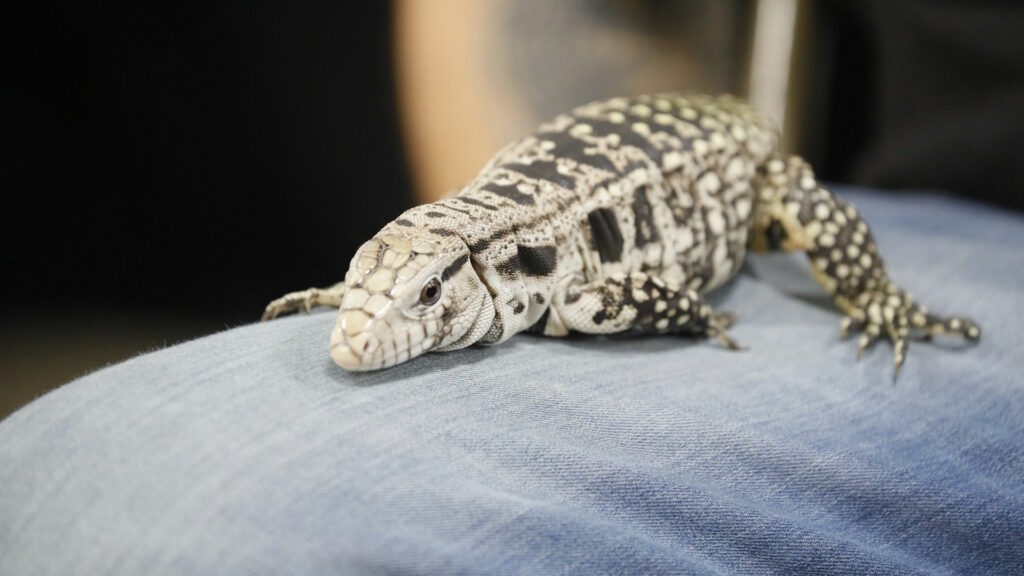
Argentine black and white tegus and their relatives have exploded in popularity due to their remarkable intelligence and capacity for forming bonds with their keepers. Often compared to dogs in their behavior, well-socialized tegus can recognize individual people, come when called, and even enjoy petting and interaction. These large lizards grow to 3-4 feet in length and require commensurately spacious enclosures with sturdy construction to contain their powerful bodies. Tegus are omnivorous, consuming a diet of protein, vegetables, fruits, and even commercially prepared tegu foods that simplify their care. Their intelligence is a double-edged sword; while it makes them highly interactive, it also means they require significant mental stimulation and regular handling to prevent boredom behaviors such as excessive digging or attempting to escape.
Chameleons: Living Art With Special Needs

Chameleons, particularly veiled chameleons and panther chameleons, maintain steady popularity despite being among the most challenging lizards to keep successfully. Their iconic color-changing ability, independently moving eyes, and prehensile tails make them fascinating display animals that captivate even non-reptile enthusiasts. Chameleons require specialized care including significant humidity, UVB lighting, temperature gradients, and abundant live plants for both psychological comfort and hydration. Most species are strictly arboreal, meaning they need tall enclosures with numerous climbing branches rather than floor space. The delicate nature of chameleons means they generally don’t tolerate handling well, preferring to be admired rather than touched. Experienced chameleon keepers often describe these animals as “temporary visitors” rather than permanent pets, acknowledging their relatively short lifespans of 3-7 years even with optimal care.
Ethical Considerations in Lizard Keeping
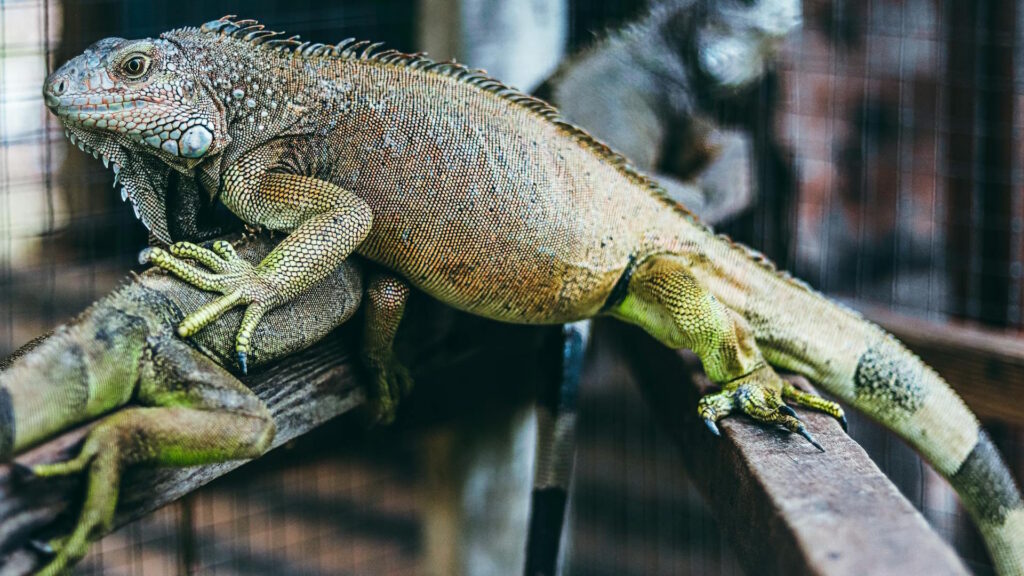
The popularity of exotic lizards has raised important ethical considerations that responsible pet owners must address. Many species available in the pet trade have specific needs that are challenging to meet in captivity, requiring substantial research before purchase. Potential owners should prioritize captive-bred specimens over wild-caught individuals, which often carry parasites, adapt poorly to captivity, and may contribute to population declines in their native habitats. The environmental impact of lizard keeping extends to the carbon footprint of heating and lighting these predominantly tropical animals in temperate climates. Perhaps most importantly, prospective lizard owners should consider the potential lifespan of their pets—many species live 15-20 years or more, representing a long-term commitment that outlasts many human relationships, housing situations, and life phases.
Conclusion
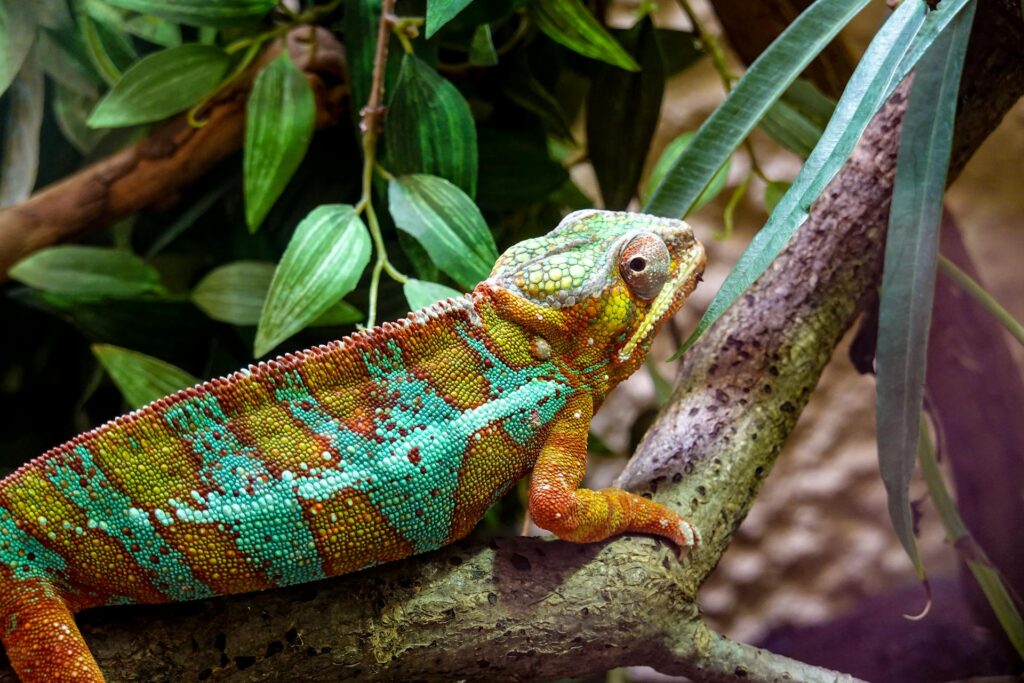
The rising popularity of lizards as pets in the United States reflects our growing appreciation for these remarkable reptiles. From the beginner-friendly bearded dragon to specialized species like chameleons and monitors, there’s a lizard to match almost any level of experience and commitment. While these animals require specific care different from traditional pets like cats and dogs, many owners find the rewards of keeping these evolutionary marvels well worth the effort. As with any pet, potential owners should thoroughly research their chosen species, prepare appropriate housing before bringing the animal home, and commit to providing lifetime care for these fascinating creatures that have captured the American imagination.

